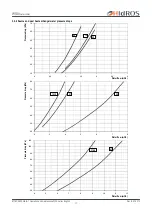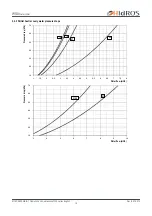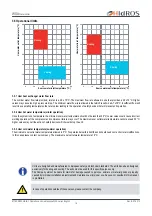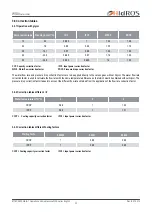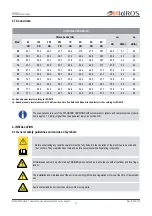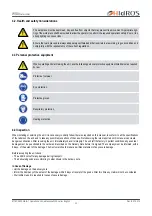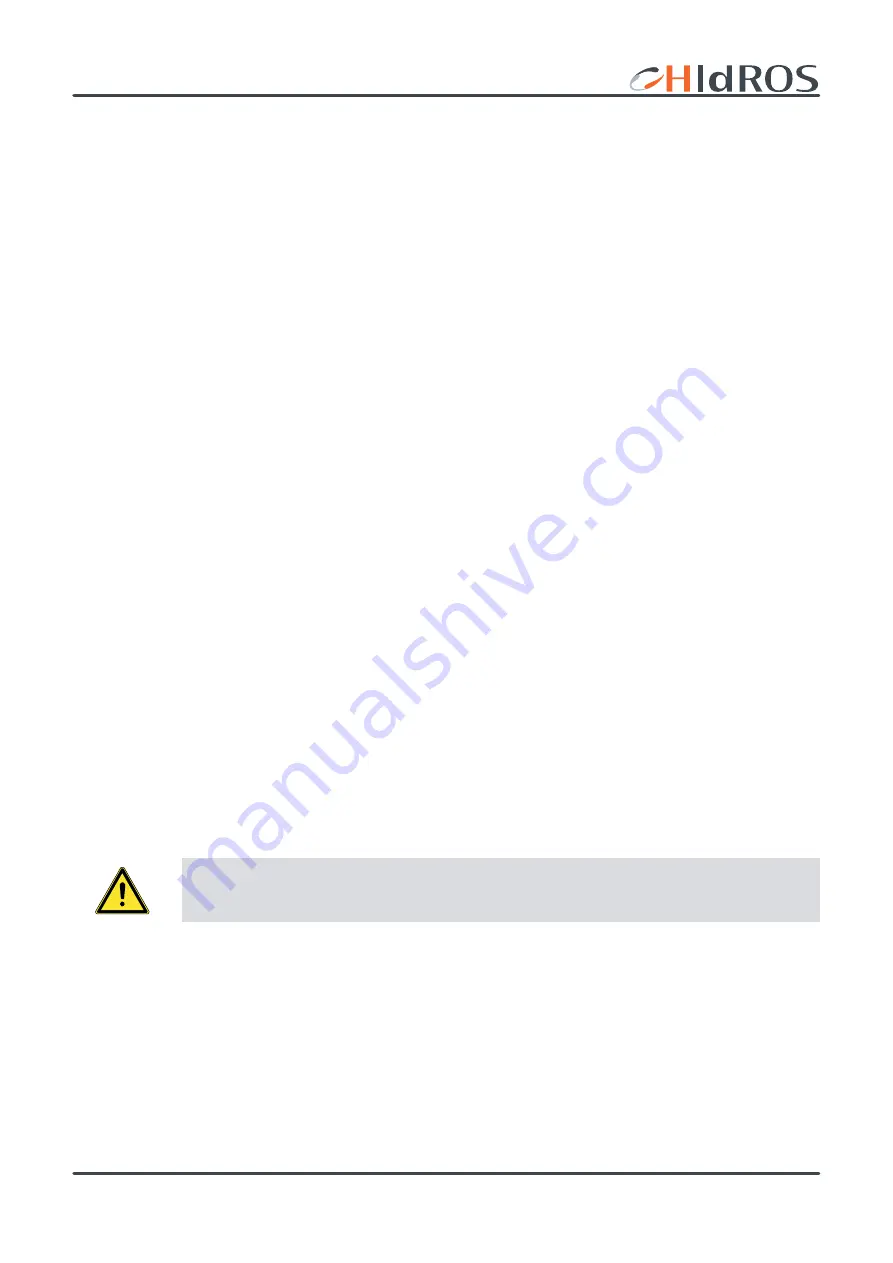
Rev. B 07-2013
11
MTEC.3800.GB-B-1 Operation and maintenance WSA series English
WSA
Water chiller
2.3 Prevent inhalation of high vapor concentration
2.4 Procedures to be adopted in the event of accidental release of refrigerant
2.5 Main Toxicological Information Regarding the Type of refrigerant used
2.5.1 Inhalation
A high atmospheric concentration can cause anaesthetic effects with possible loss of consciousness. Prolonged exposure may lead to
irregular heartbeat and cause sudden death. Higher concentrations may cause asphyxia due to the reduced oxygen content in the atmo-
sphere.
2.5.2 Contact with skin
Splashes of nebulous liquid can produce frostbite. Probably not hazardous if absorbed trough the skin. Repeated or prolonged contact may
remove the skin’s natural oils, with consequent dryness, cracking and dermatitis.
2.5.3 Contact with eyes
Splashes of liquid may cause frostbite.
2.5.4 Ingestion
While highly improbable, may produce frostbite.
Atmospheric concentrations of refrigerant must be minimized and kept to a level that is below the occupational exposure limit. Vapor is
heavier than air and can form dangerous concentrations near the ground where the ventilation rate is lower. Always ensure adequate venti-
lation. Avoid contact with open flames and hot surfaces as this can cause toxic and irritating decomposition products to form. Avoid contact
between liquid refrigerant and the eyes or skin.
Ensure suitable personal protection (especially respiratory protection) during cleaning operations.
If deemed safe, isolate the source of the leak. If the leakage is small and if adequate ventilation is provided, allow the refrigerant to evapo-
rate. If the loss is substantial ensure that measures are taken to adequately ventilate the area.
Contain spilled material with sand, earth or other suitable absorbent material.
Do not allow the refrigerant to enter drains, sewers or basements, as pockets of vapor can form.
2.6 First Aid Measures
2.6.1 Inhalation
2.6.2 Contact with skin
Move the person away from the source of exposure, keep him/her warm and let him/her rest. Administer oxygen if necessary. Attempt
artificial respiration if breathing has stopped or shows sings of stopping. If the heart stops, perform external heart massage. Seek medical
assistance.
In case of contact with skin, wash immediately with lukewarm water. Thaw tissue using water. Remove contaminated clothing. Clothing may
stick to the skin in case of frostbite. If irritation, swelling or blisters appear, seek medical assistance.
Adhere scrupulously to the warnings and first aid procedures indicated below.

















